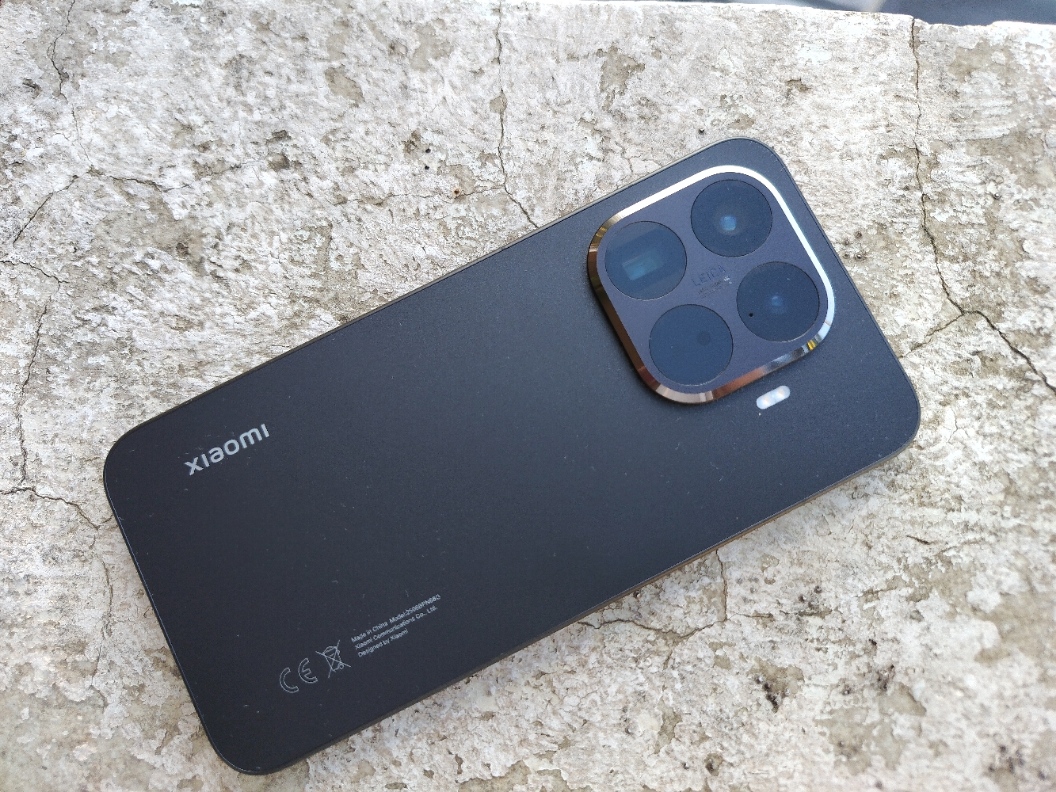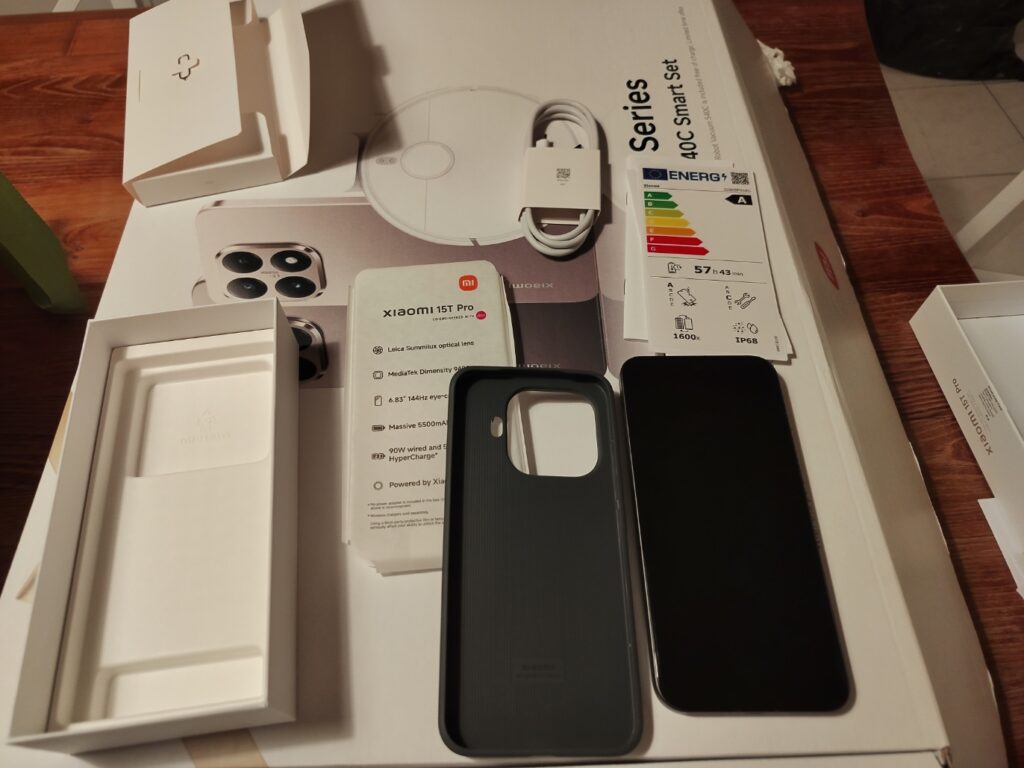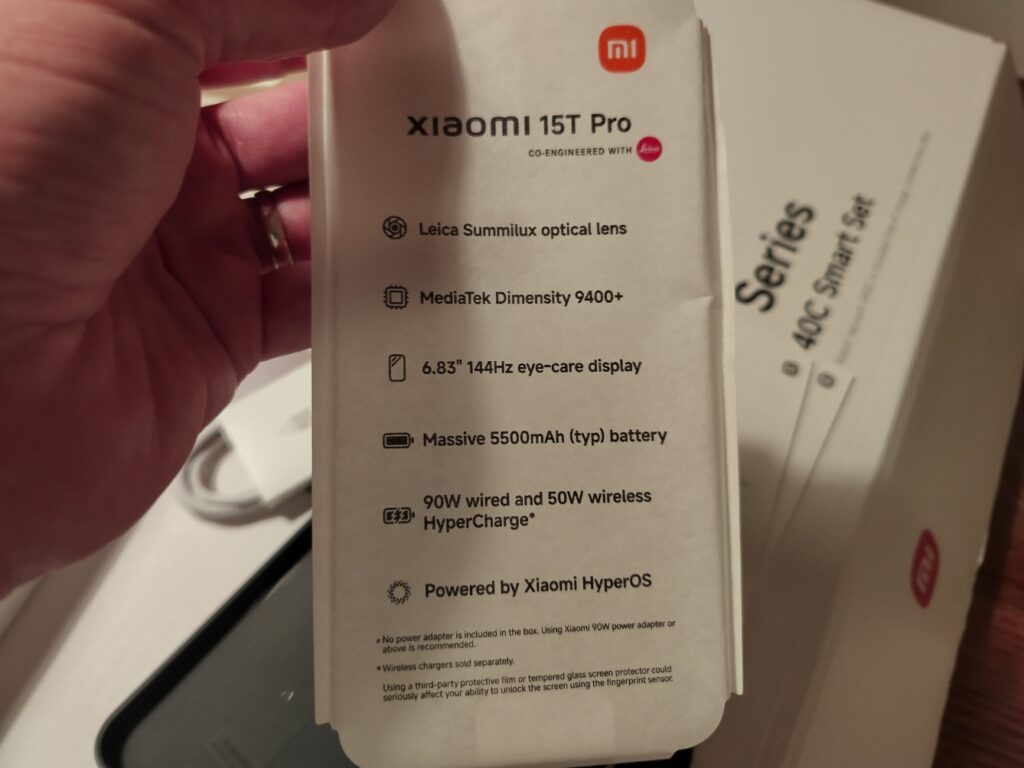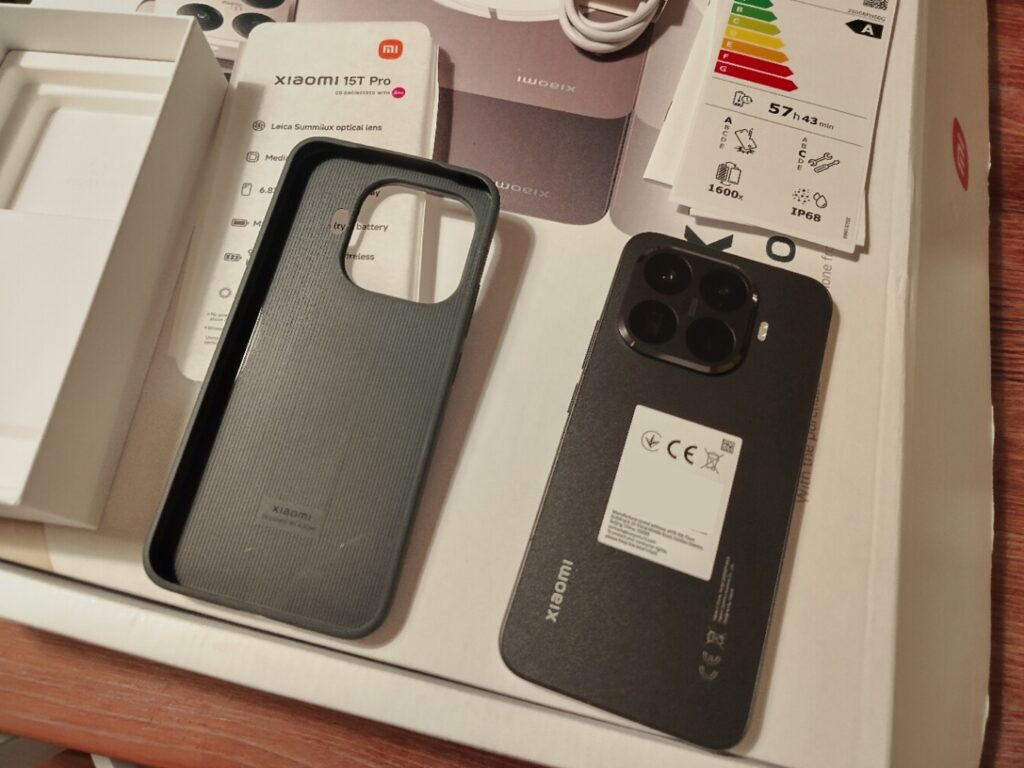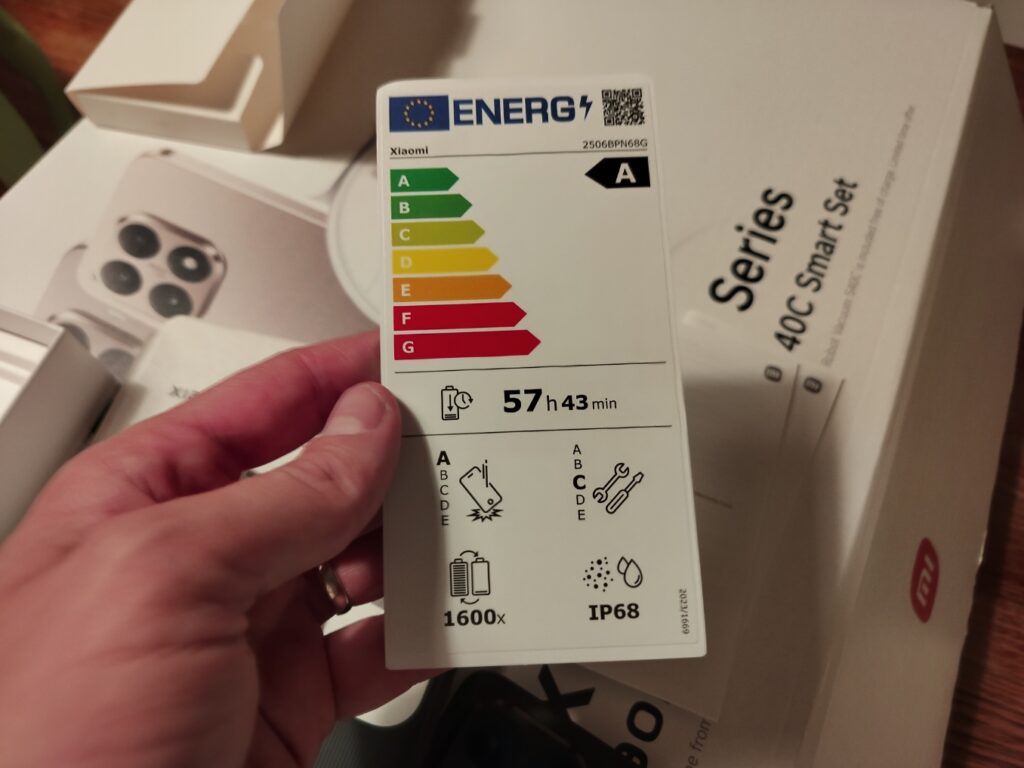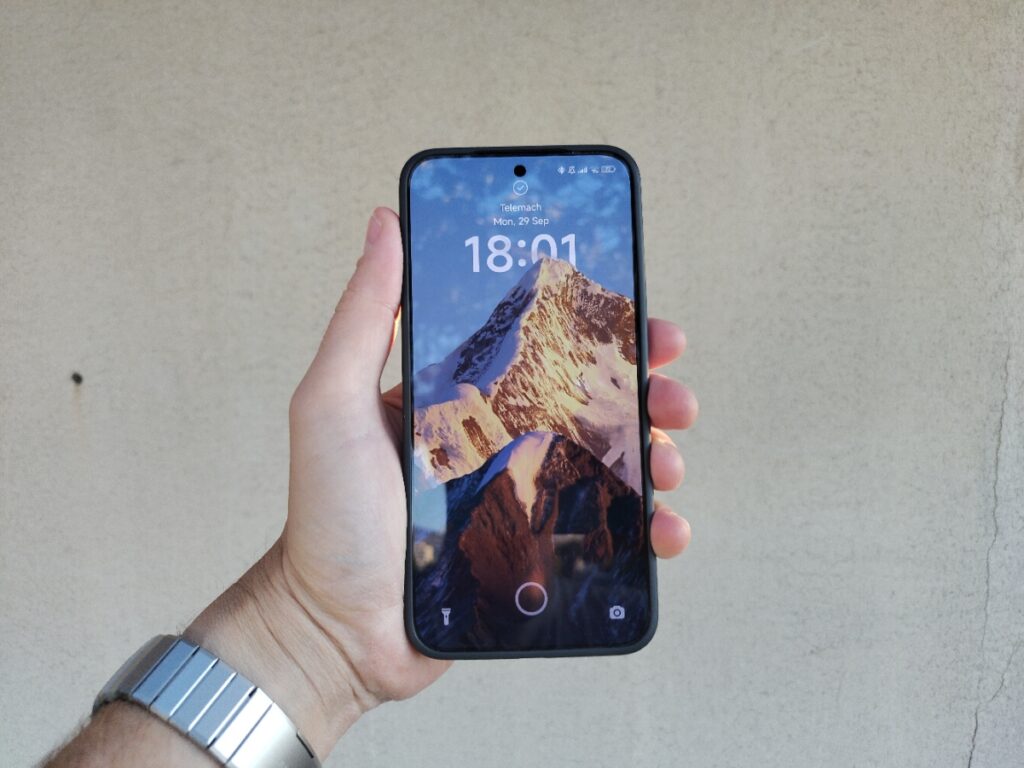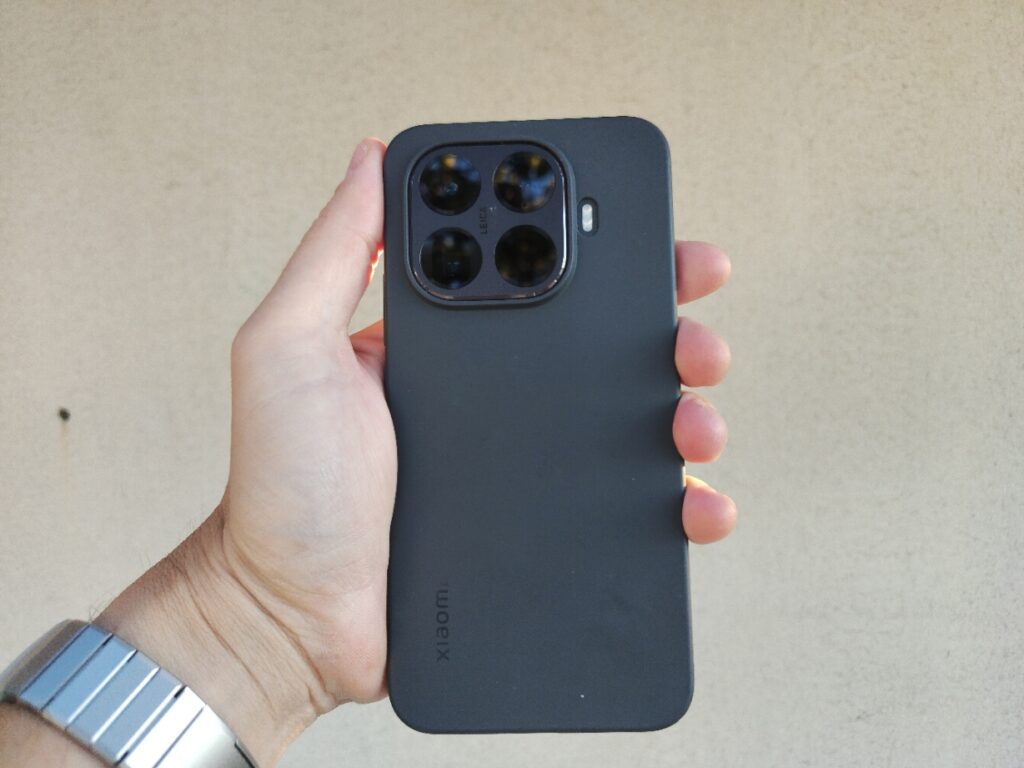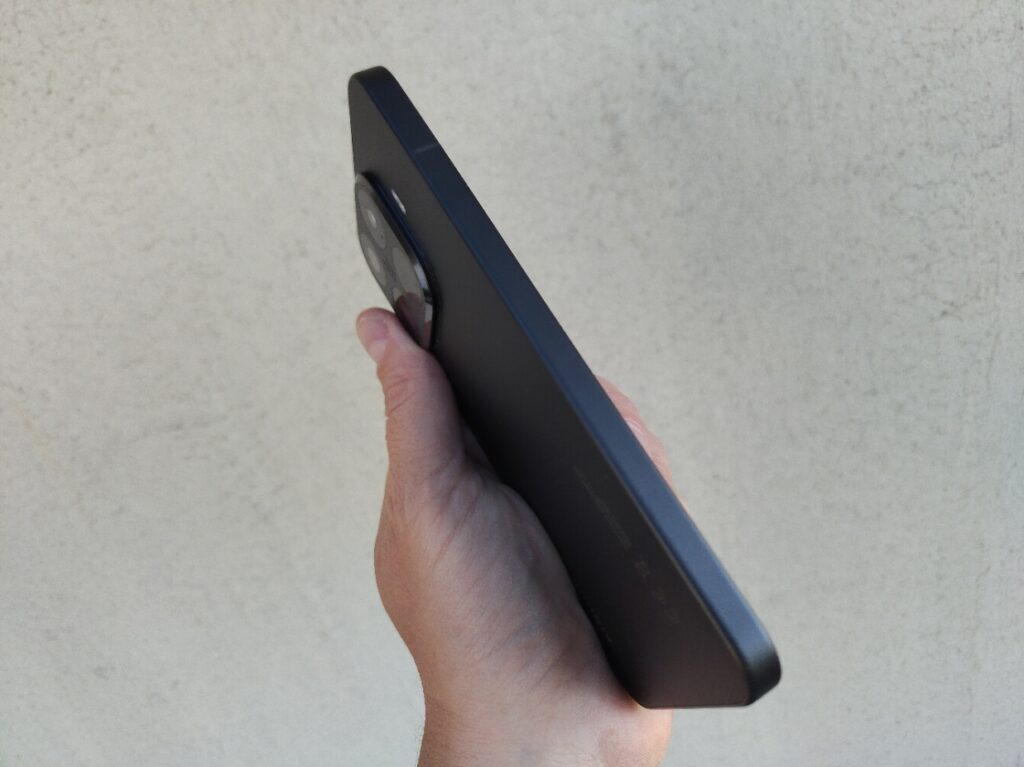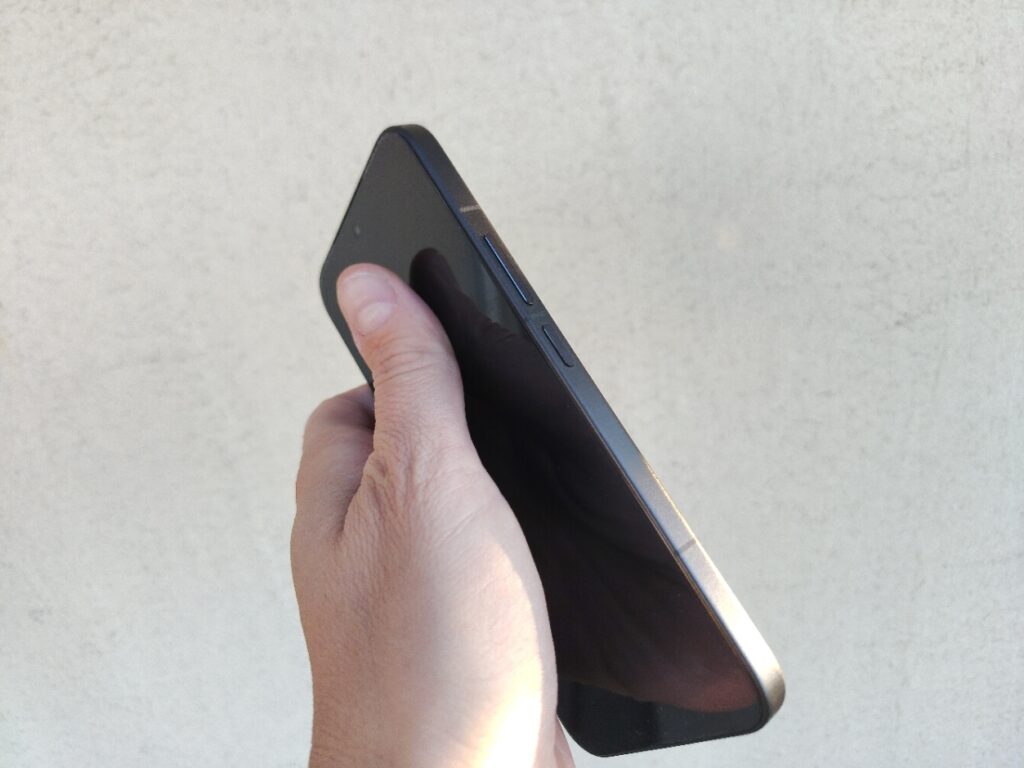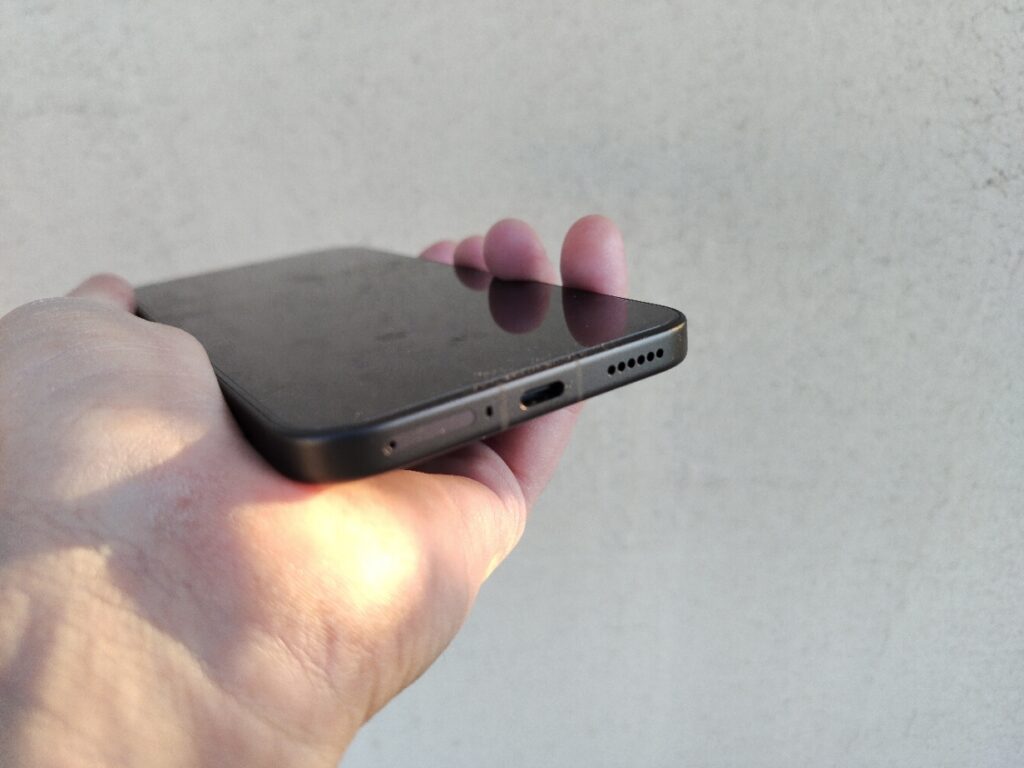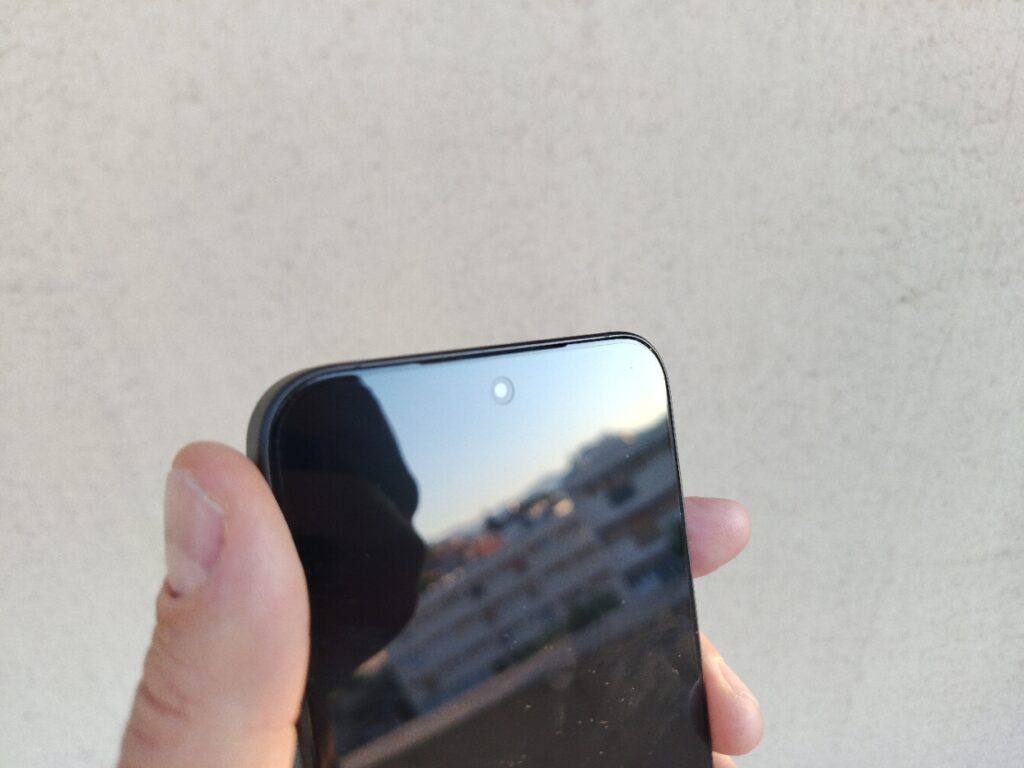Hands-on Review: Xiaomi 15T Pro
After nearly a year of struggling with the HMD Skyline, I finally decided it was time to move on. The Skyline was never truly reliable for me—its cameras underperformed, the software was glitchy, and the sharp-edged frame became even less pleasant to hold after a few accidental drops. When the wireless charging also started failing (even after I replaced the back cover via iFixit, which wasn’t exactly cheap once shipping and VAT were added), I knew I had to find a new daily driver.
I had already tested the Xiaomi 14T Pro when I bought one for my wife six months ago, and I was impressed by how well it performed for its price. So, when Xiaomi launched the 15T Pro, I knew where to look.
At first glance, the price of €900 seems steep, but Xiaomi bundled it with a €190 robot vacuum, effectively lowering the phone’s value to around €710—which feels much fairer for what it offers.
Xiaomi 15T Pro – Key Hardware Specs
- Leica Summilux optical lens camera system
- MediaTek Dimensity 9400+ (3nm) processor
- 6.83″ AMOLED display, 144Hz, eye-care certified
- 5500mAh battery (typical)
- 90W wired charging + 50W wireless HyperCharge
- Runs on Xiaomi HyperOS
Although Xiaomi doesn’t include a charger in the box, it does come with a high-quality protective case and a good quality charging cable. Personally, I would have preferred a USB-C to USB-C cable, but considering the case is actually well-made (and usable, unlike many bundled ones), I really can’t complain too much.
Design and Feel
The design immediately stands out. With clean, iPhone-like aluminum frame lines and soft edges, the 15T Pro feels much more premium and comfortable to hold compared to the Skyline. The 6.7-inch AMOLED display is large, bright, and perfect for my middle-aged eyesight. Inside, the new 3nm Dimensity 9400+ chipset makes everything smooth as butter. Apps open instantly, multitasking is seamless, and I haven’t noticed a single performance hiccup yet. Battery life is another highlight—it consistently lasts me through the day with heavy use.
Here’s just a quick taste of its camera. The photos were transferred via the Phone Link app, so they’re not in full resolution—but you get the idea.
The camera setup is excellent, though I must admit, I personally preferred the overall output of the 14T Pro. That’s not to say the 15T Pro is bad—far from it. The main and telephoto shooters deliver sharp, detailed, and well-balanced shots, while the ultrawide is more than solid. Still, at this price point, I expected just a little more refinement. On the plus side, Xiaomi has promised a quick update to HyperOS 3, so there’s room for software optimization down the line.
Audio was another major frustration point with the Skyline—constant Bluetooth dropouts and flat sound when paired with my Huawei FreeBuds 6i. The 15T Pro completely changed that experience. The connection is stable, and the sound quality is surprisingly full and rich, even with my mid-range earbuds. It makes media consumption and calls a real pleasure again.
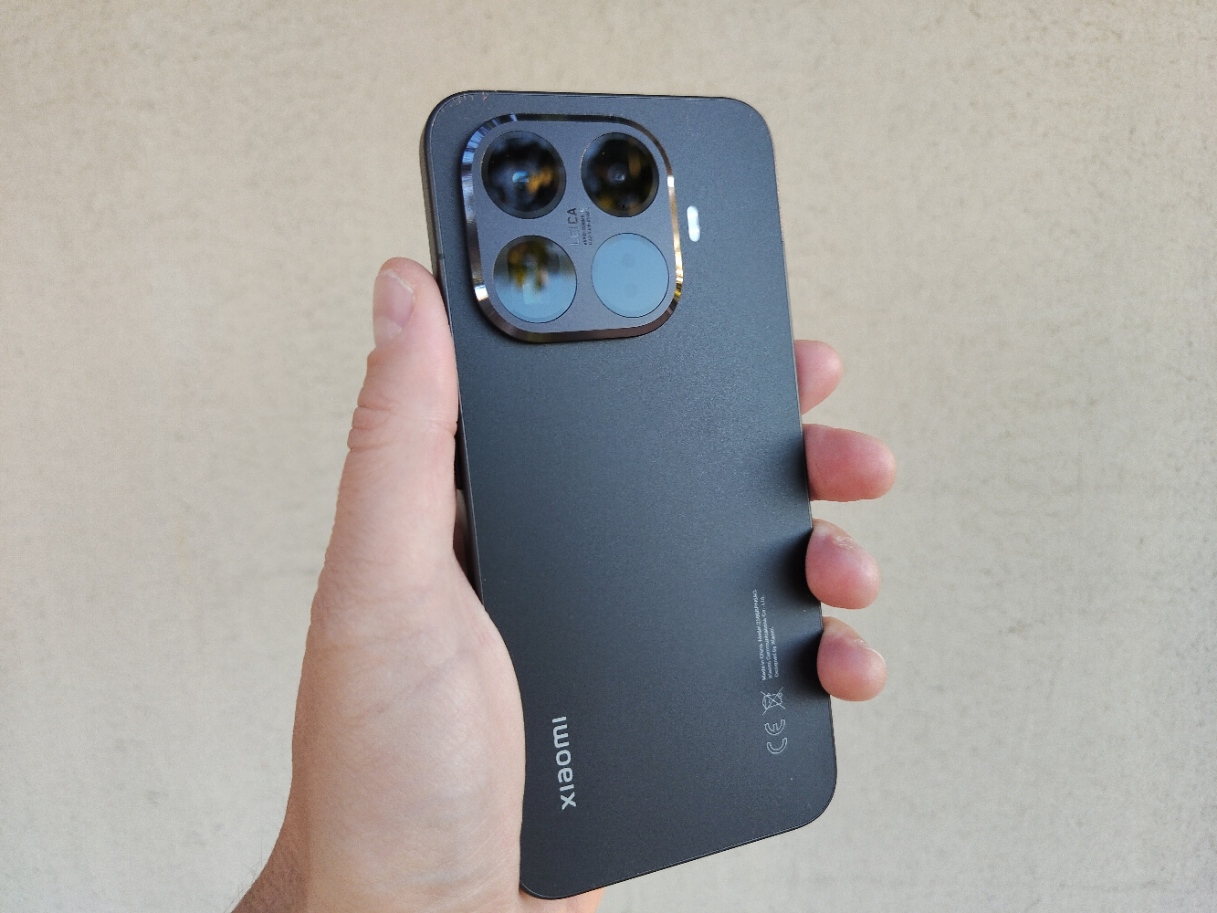
All in all, the Xiaomi 15T Pro feels like the phone I should have bought months ago. It delivers flagship performance, smooth software, solid cameras, and premium design—without fully diving into ultra-premium pricing. Would I like to see the price closer to €700? Absolutely. But even as it stands, the 15T Pro is a fantastic choice if you want a capable, reliable, and enjoyable phone without spending €1200 or more.
If you’re on the fence about it—don’t hesitate. Treat yourself.
A message for HMD. The story in smartphones today isn’t just about putting in the fastest processor. It’s about the whole experience—a great display, capable cameras, reliable audio output, and smooth software. That’s what makes a phone desirable at a good price. Maybe it’s time to shift the focus there.

